The Tiger 100 sports version of Edward Turner’s trend-setting Speed Twin was launched in 1938, reappearing in 1946 with telescopic forks in place of the original girders, and separate dynamo and magneto instead of the pre-war version’s magdyno. Produced almost unchanged for the next three years, the Tiger gained Triumph’s distinctive headlamp nacelle in 1949 when the range was restyled. An alloy cylinder head and barrel were adopted for 1951, these and other engine improvements boosting power to 32bhp, while a swinging-arm frame and 8”-diameter front brake (first seen on the 650cc Tiger 110) were fitted from 1954 onwards. A splayed-port cylinder head with twin carburettors became available from the start of the 1957 model year, and this would represent the ultimate development of the Tiger 100, which in mid-1959 was replaced by the new, unitary construction Tiger 100A. Triumphs of the Edward Turner era are among the most stylish of post-war British motorcycles, and the Tiger 100 with its handsome all-alloy engine is one of the most charismatic and sought after of them all. This superb example was previously owned (from December 1984) by Ronald James Bradshaw, of Crowmarsh Classic Motorcycles, Didcot, Oxfordshire, from whom the current vendor acquired it on 11th July 1995 (purchase receipt on file). Restored in the late 1990s, its engine being rebuilt by marque specialist Hughie Hancox, the machine comes with a comprehensive file of history to contain a substantial quantity of restoration invoices and related correspondence; various old tax discs; assorted DVLA correspondence and SORNs; a quantity of expired MoTs dating back to 1995; Swansea V5C document; and MoT to 1st August 2011.
The Tiger 100 sports version of Edward Turner’s trend-setting Speed Twin was launched in 1938, reappearing in 1946 with telescopic forks in place of the original girders, and separate dynamo and magneto instead of the pre-war version’s magdyno. Produced almost unchanged for the next three years, the Tiger gained Triumph’s distinctive headlamp nacelle in 1949 when the range was restyled. An alloy cylinder head and barrel were adopted for 1951, these and other engine improvements boosting power to 32bhp, while a swinging-arm frame and 8”-diameter front brake (first seen on the 650cc Tiger 110) were fitted from 1954 onwards. A splayed-port cylinder head with twin carburettors became available from the start of the 1957 model year, and this would represent the ultimate development of the Tiger 100, which in mid-1959 was replaced by the new, unitary construction Tiger 100A. Triumphs of the Edward Turner era are among the most stylish of post-war British motorcycles, and the Tiger 100 with its handsome all-alloy engine is one of the most charismatic and sought after of them all. This superb example was previously owned (from December 1984) by Ronald James Bradshaw, of Crowmarsh Classic Motorcycles, Didcot, Oxfordshire, from whom the current vendor acquired it on 11th July 1995 (purchase receipt on file). Restored in the late 1990s, its engine being rebuilt by marque specialist Hughie Hancox, the machine comes with a comprehensive file of history to contain a substantial quantity of restoration invoices and related correspondence; various old tax discs; assorted DVLA correspondence and SORNs; a quantity of expired MoTs dating back to 1995; Swansea V5C document; and MoT to 1st August 2011.



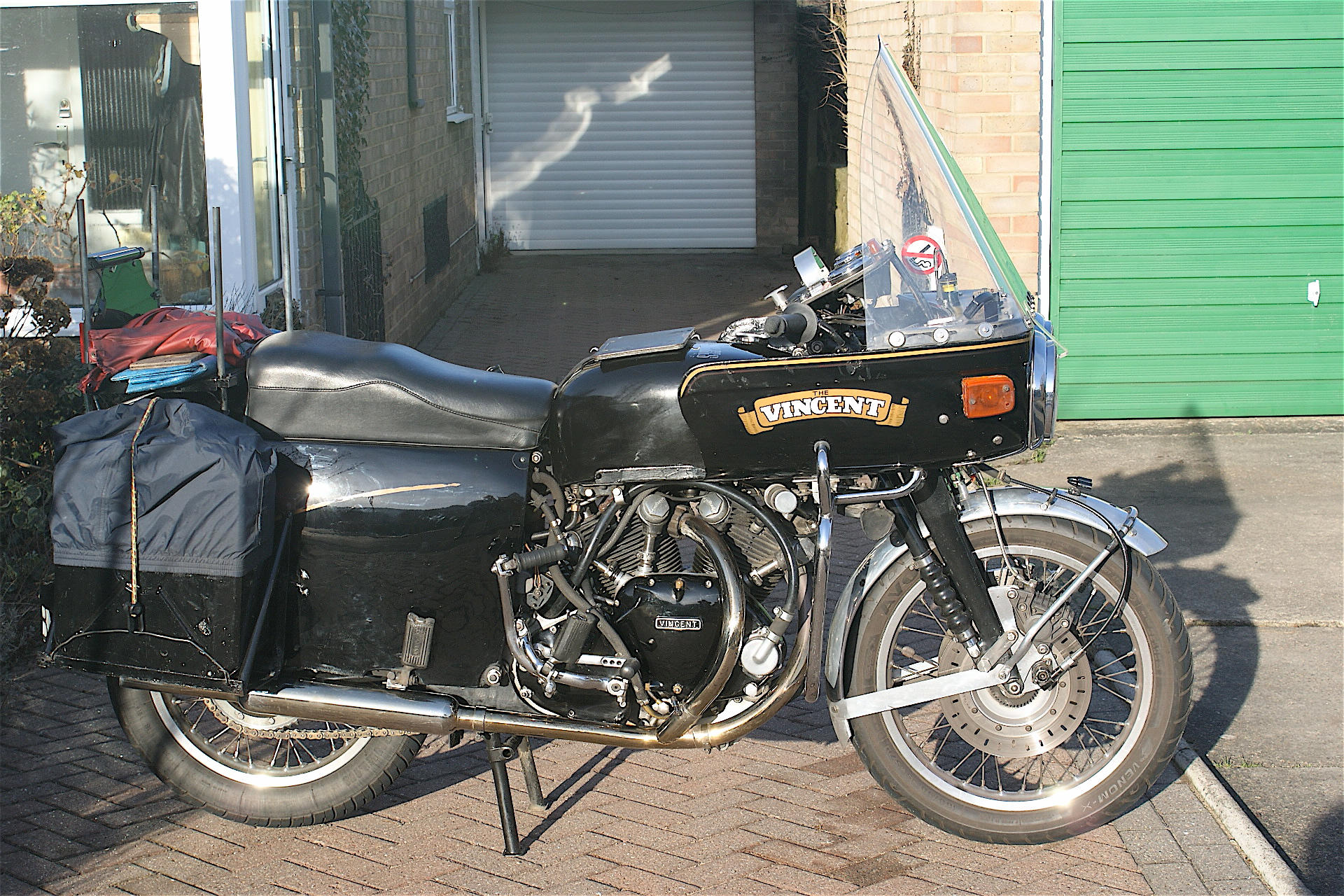
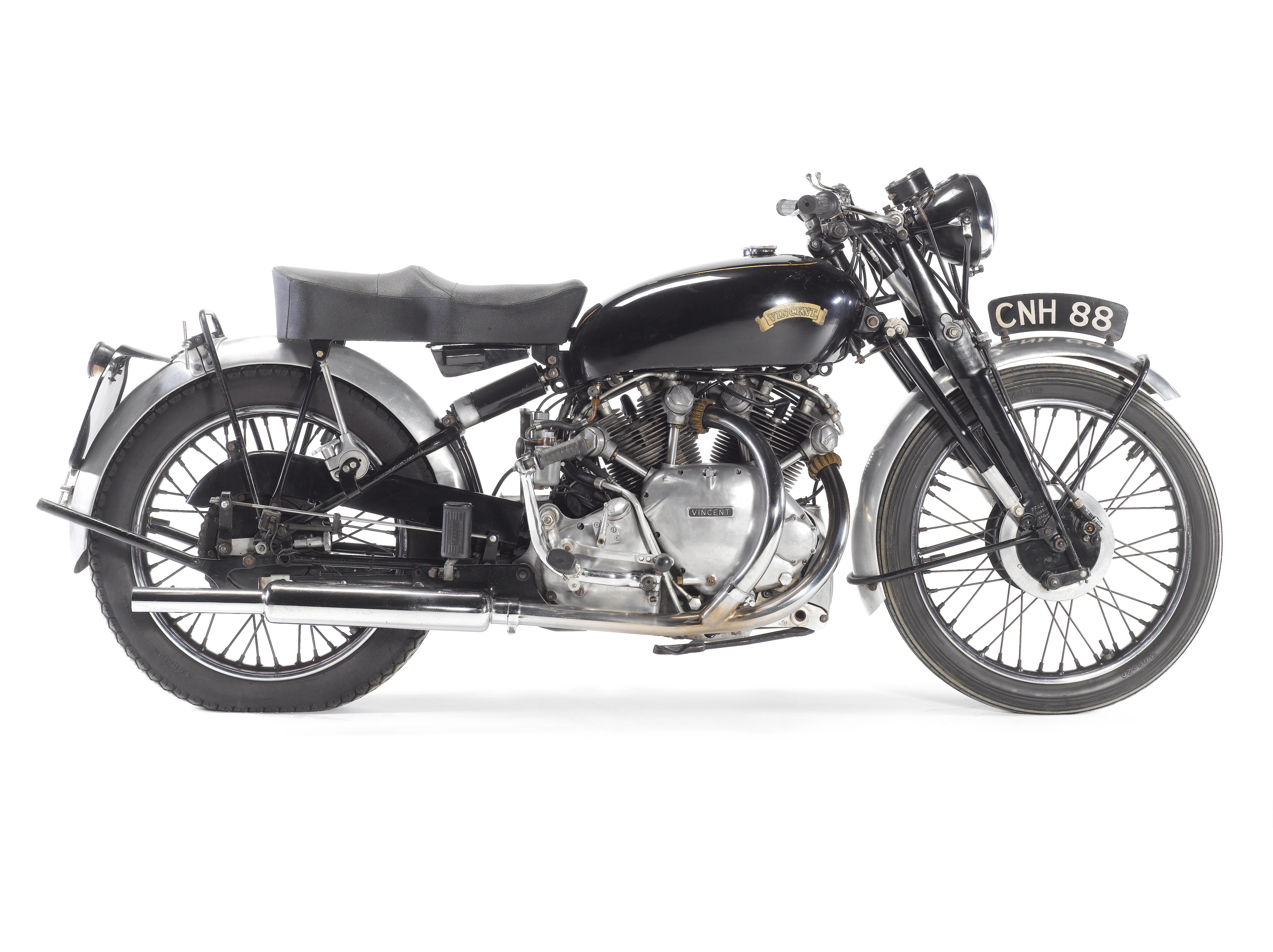




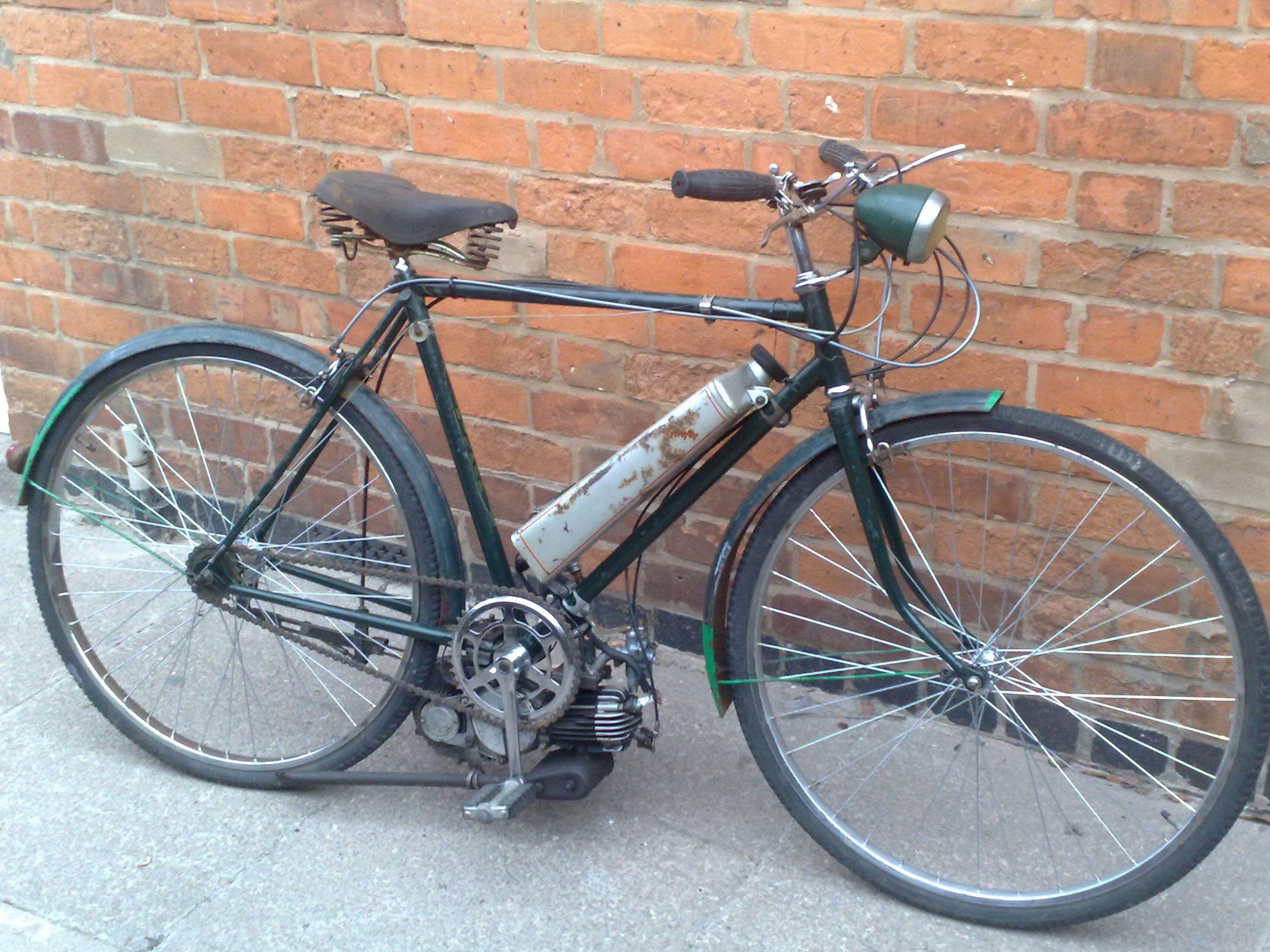
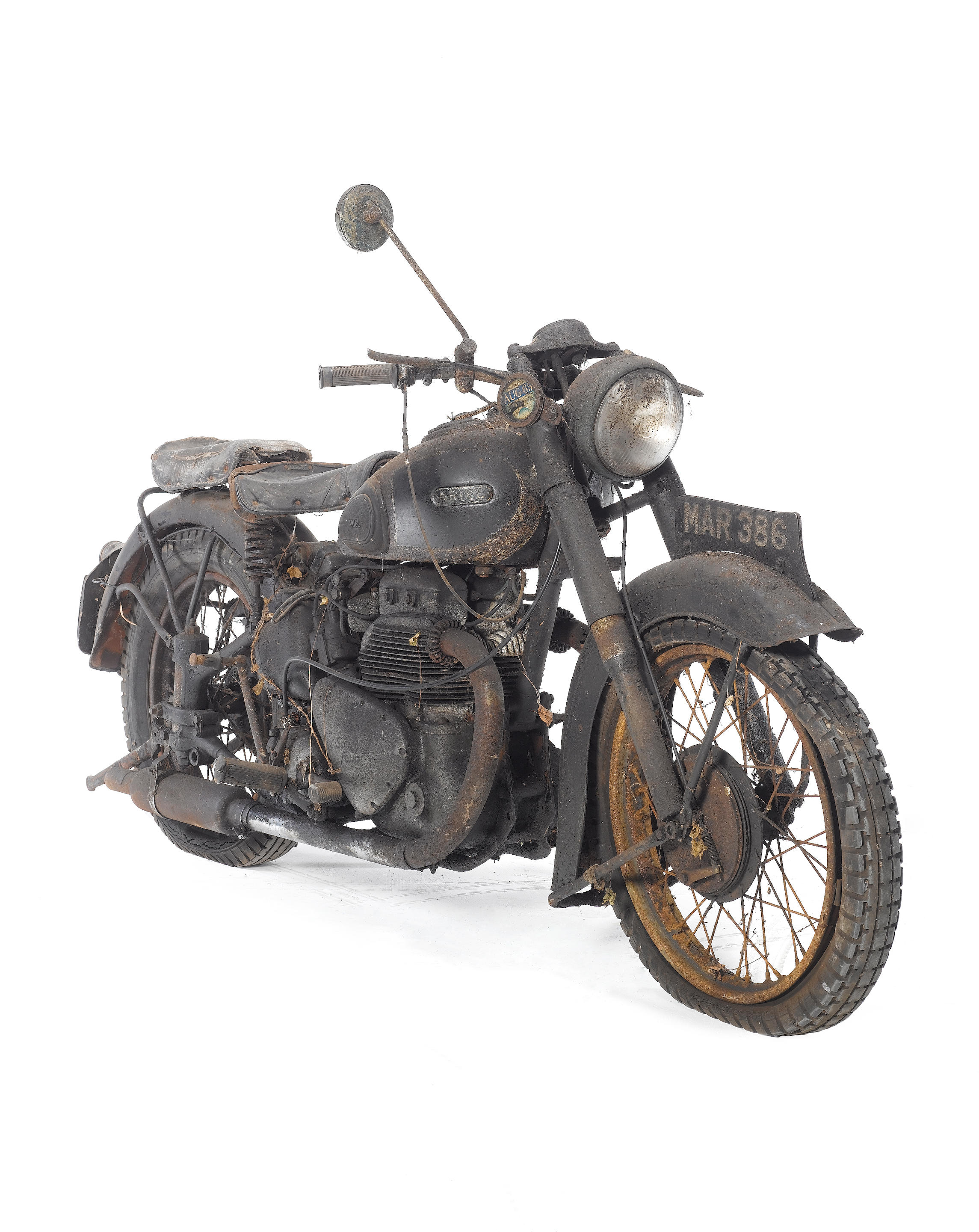

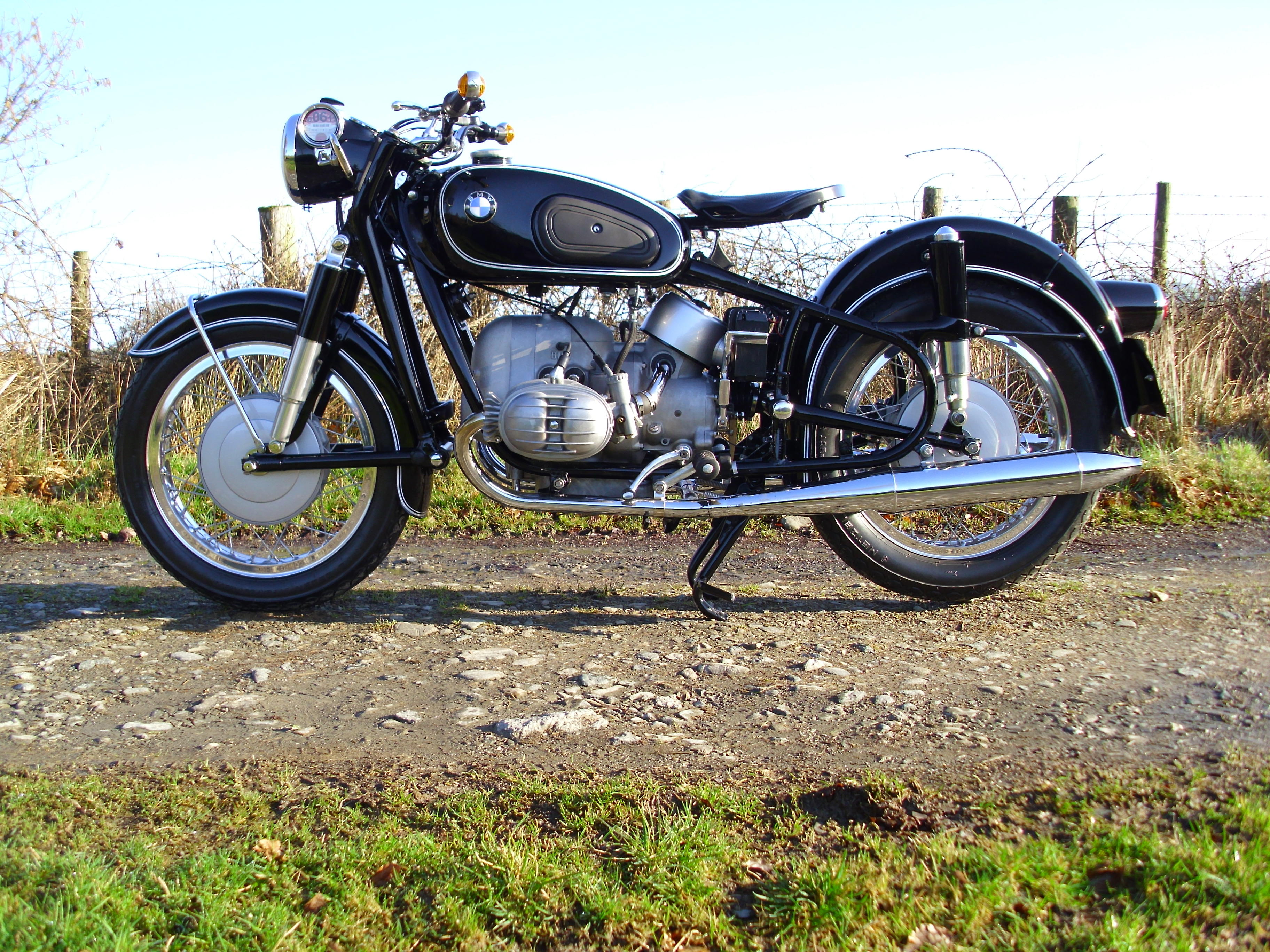

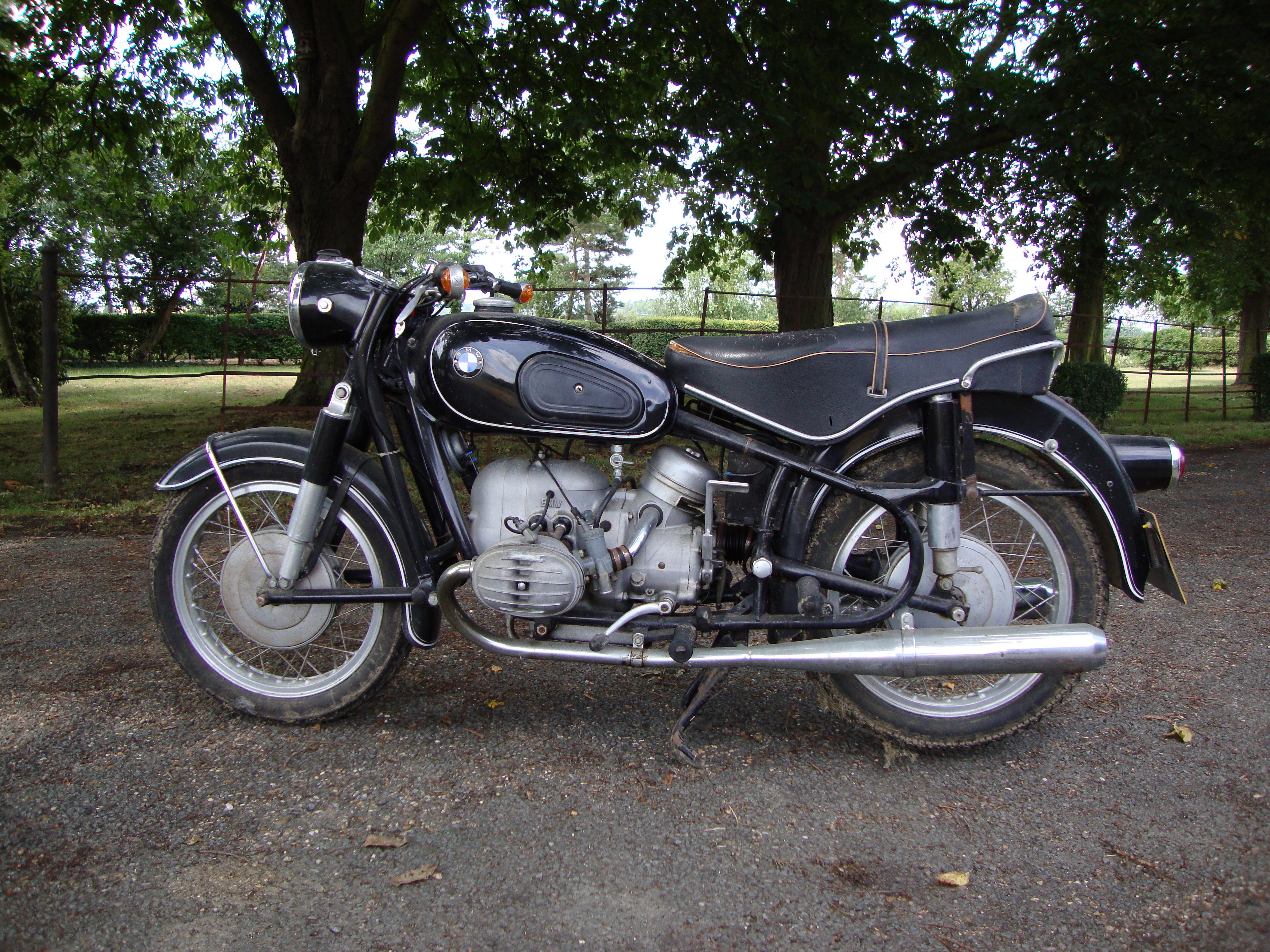
Testen Sie LotSearch und seine Premium-Features 7 Tage - ohne Kosten!
Lassen Sie sich automatisch über neue Objekte in kommenden Auktionen benachrichtigen.
Suchauftrag anlegen